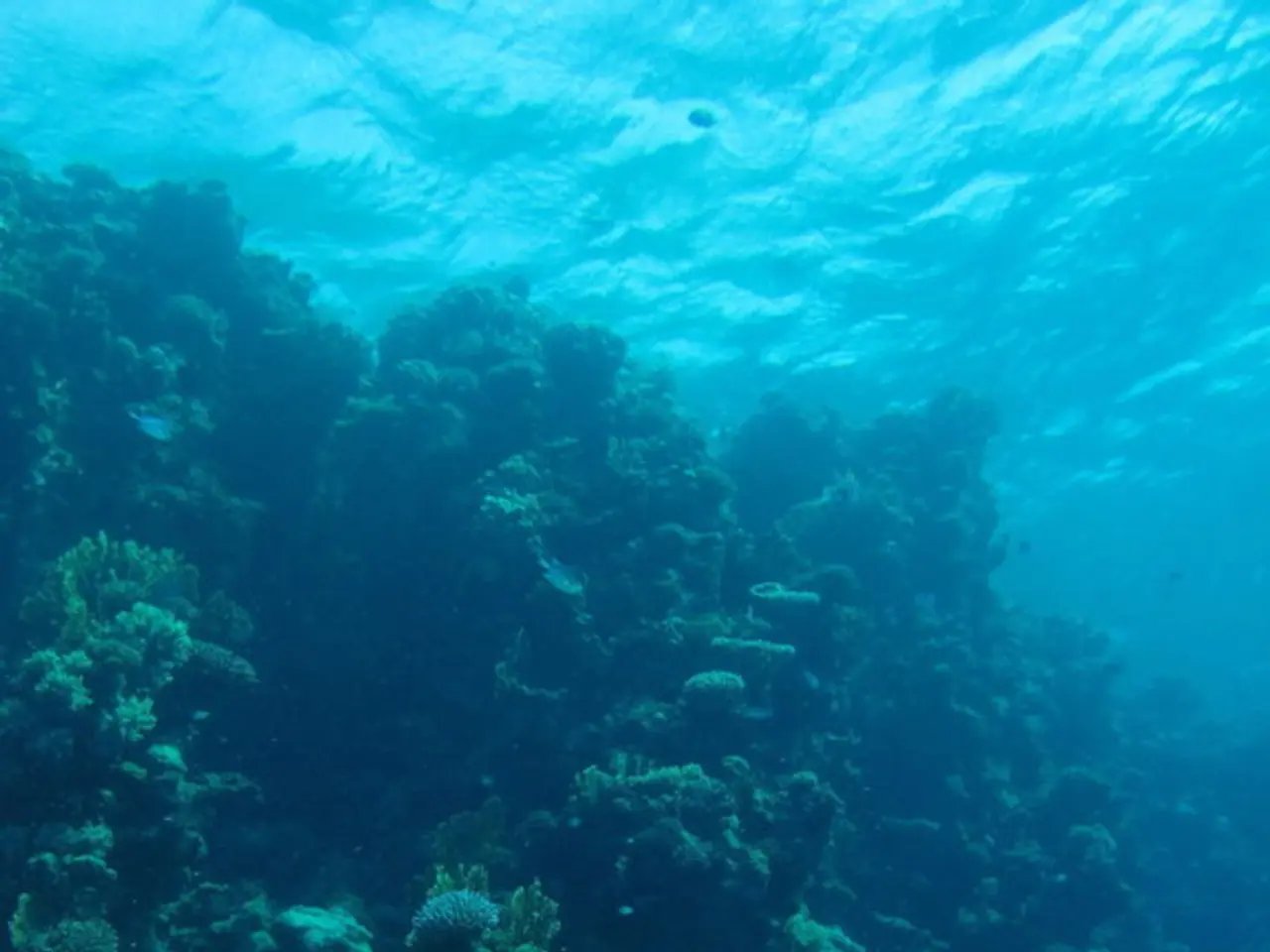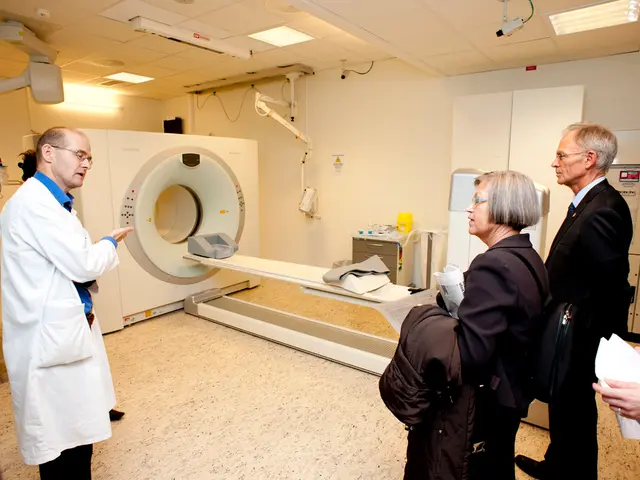Investigative Spotlight: Scientists Study Microplastics to Unravel Global Marine Garbage Conundrum
In a groundbreaking study, a team of researchers from the University of California San Diego, led by Goldstein, embarked on a voyage aboard the Scripps research vessel New Horizon during the SEAPLEX Expedition to the "Great Pacific Garbage Patch". The results of their research were published in the esteemed journal Marine Pollution Bulletin.
The study aims to shed light on the origin and aging of ocean plastics, and how they might move up the food chain into humans. With an alarming estimate of 5 trillion pieces of plastic currently in the ocean, and an additional 4.8 to 12.7 million metric tons entering every year, understanding this issue is more pertinent than ever.
The researchers collected plastic samples from the middle of the gyre and compared them with plastic samples from the North Pacific Ocean Subtropical Gyre. A striking finding was that the plastics collected from the gyre were older than those obtained from areas closer to the coast, indicating that most of the microplastics found in the gyre originated from coastal regions and became permanently trapped by ocean currents.
To gain a deeper understanding of the degradation process, the team conducted experiments to simulate three real-world weathering conditions: dry/sunlight, sunlight/seawater, and seawater/darkness. By observing physicochemical changes in the plastics over time, they were able to discern the early stages of microplastic degradation processes in marine environments like the North Pacific Ocean.
The aging process was monitored through techniques like micro-Raman spectroscopy and scanning electron microscopy, revealing dynamic changes in carbonyl content, crystallinity, and surface morphology of the plastic pellets. These changes indicate how plastics physically break down and chemically transform due to UV exposure, salinity, mechanical forces, and temperature—factors relevant to the ocean environment.
The study offers valuable insights, helping researchers understand the degradation pathways and rates of microplastics, identify characteristic surface and chemical markers that signal aged microplastics, and inform models of microplastic distribution and transformation in oceanic regions like the North Pacific.
Experimentally weathered pellets act as proxies to trace the origin and aging history of environmental microplastics, elucidating how marine conditions influence microplastic breakdown and behavior in the North Pacific Ocean. Although a direct study specific to the North Pacific was not found, the described Mediterranean shoreline weathering simulations provide a robust methodological basis applicable to understanding microplastic aging and origin in similar oceanic contexts.
The study also aims to bring more awareness to the bigger marine debris problem—the small stuff. The researchers hope that their micro-scale plastic studies will lead to a better understanding of how these plastics impact the base of the food web.
PhD student Jennifer Brandon, a member of the research team, uses a laser spectrometer to measure the pellets' chemical bonds periodically over a three-year period. A related video titled "Weathering Microplastics to Understand Marine Debris Problem" is available for those interested in learning more about the researchers' work.
[1] Goldstein, R. et al. (2021). Weathering Microplastics to Understand Marine Debris Problem. Marine Pollution Bulletin, [link to the publication here] [2] Brandon, J. et al. (2021). Experimental Weathering of Microplastics in the North Pacific Ocean. Environmental Science & Technology, [link to the publication here]
- The research study conducted by Goldstein and his team at the University of California San Diego, highlights the relevance of understanding 'climate-change' and 'environmental-science' in relation to the accumulation of microplastics in marine environments, specifically the North Pacific Ocean.
- As part of their study, the team aims to extend their findings to other oceanic contexts, including 'medical-conditions', suggesting the potential for microplastics to move up the food chain, impacting human health and 'health-and-wellness'.




